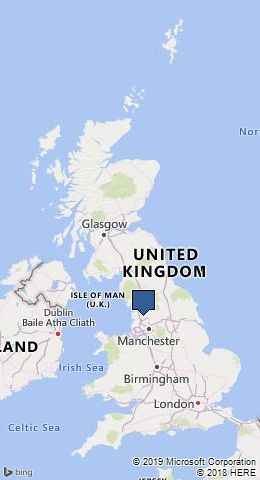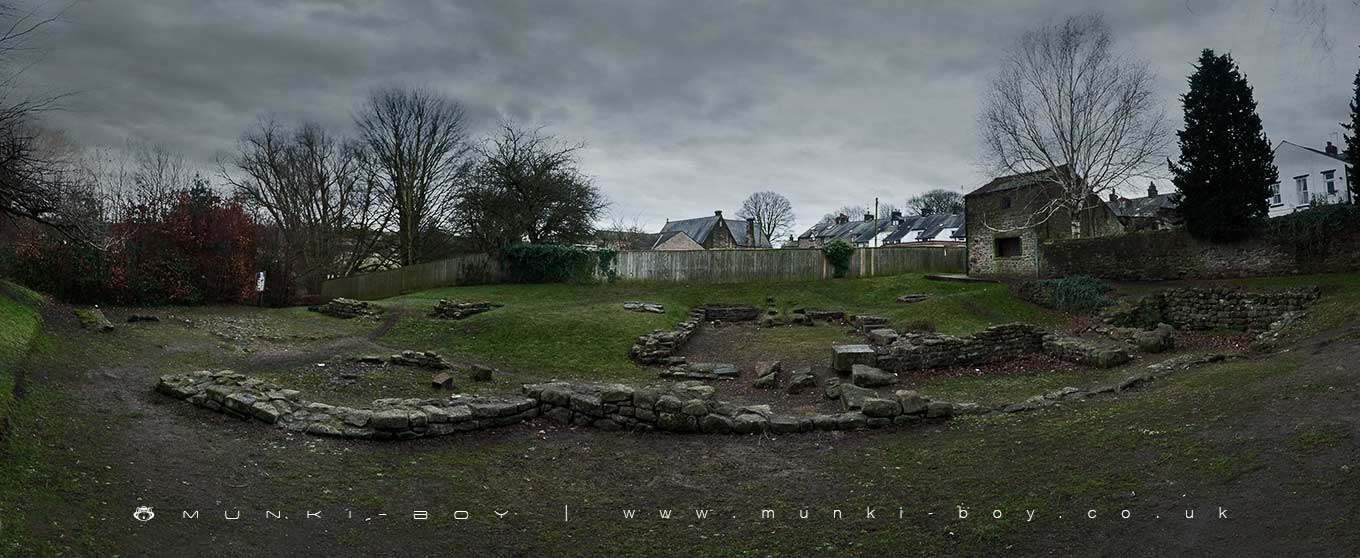
Roman Bath House at Ribchester by munki-boy
Ribchester Roman Bath House
Ribchester Roman Bath-House fell into disuse about AD 225, but it is not clear whether the building was deliberately demolished or left to decay. Since the 1800s there have been several archaeological investigations of this site, the fort, and the surrounding areas. These have provided evidence of pre Roman occupation, as well as many Roman finds.
The excavation conducted at the Bath-House in 1978 was a significant undertaking involving the removal of over 300 tons of building material and soil Eleven identifiable coins and about 2,500 pottery shards helped to determine that the Bath-House had been commenced about 100 AD
other jewellry and coins. These finds suggest that the users were relatively well-off men and women,
Artefacts found at this site include brooches, beads, bronze pins (clothe fasteners), carved stones from rings, other jewellry and coins. These finds suggest that the users were relatively well-off men and women,
Finds from the Bath-House indicate trading connections not only with South Lancashire and other parts of England but with Gaul (France). Moreover, it was apparent that construction had been carried out in at least two phases, the second of which was a major refurbishment some time after the initial work.
Created: 27 November 2016 Edited: 29 November 2023
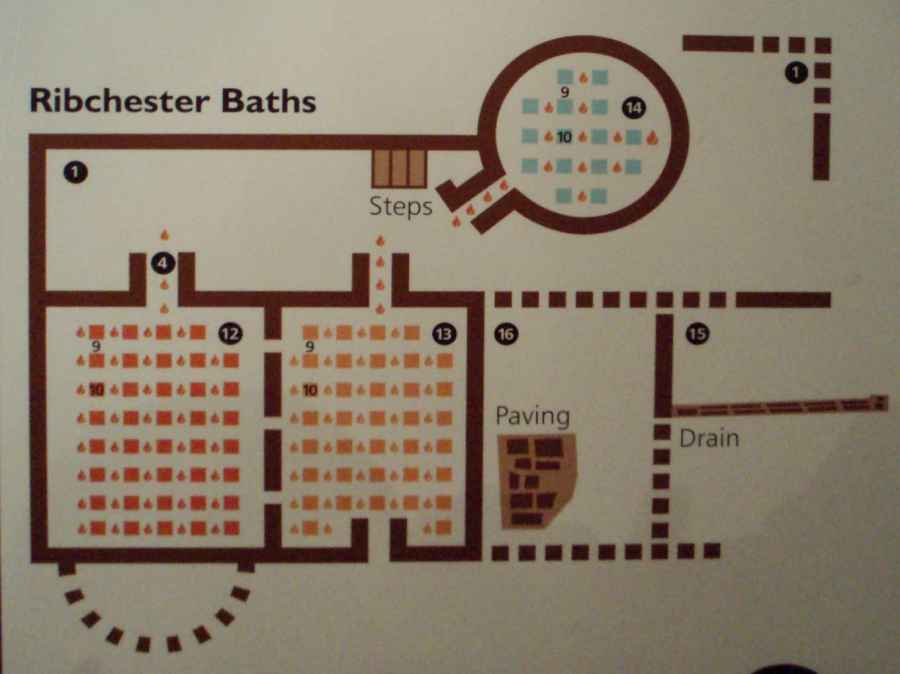
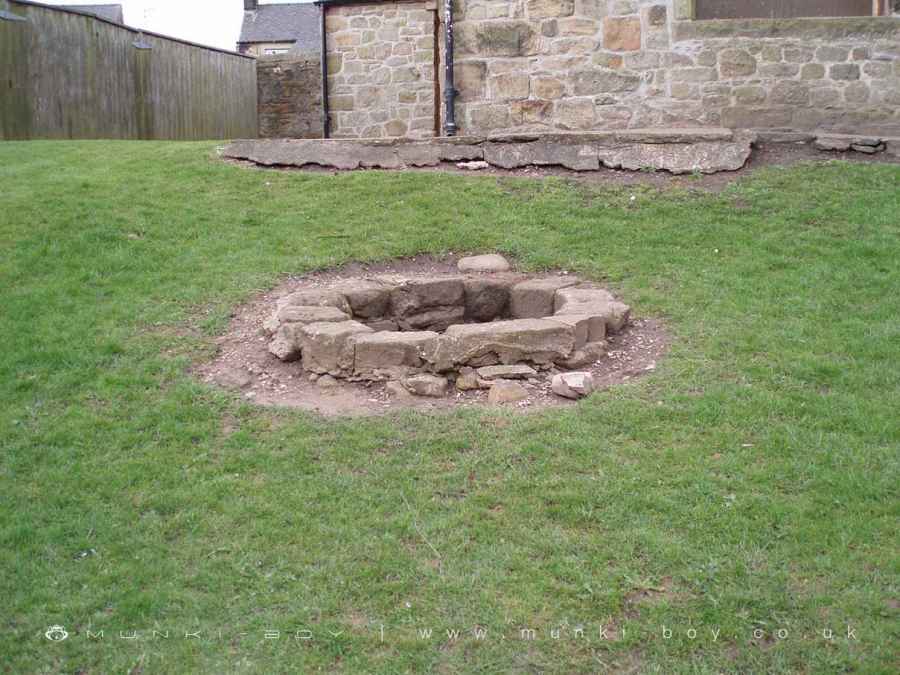
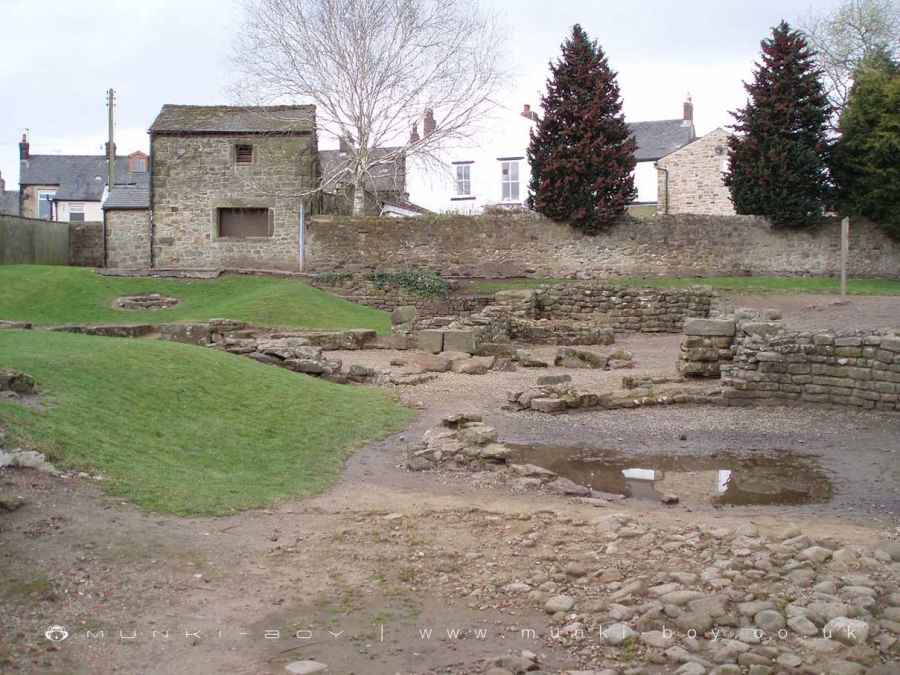
Ribchester Roman Bath House
Ribchester Roman Bath House LiDAR Map
Contains public sector information licensed under the Open Government Licence v3.0
Local History around Ribchester Roman Bath House
There are some historic monuments around including:
Roman signal station on Mellor MoorRibchester Roman fort (Bremetennacum)Pleasington alum worksRound cairn on Thornley Hall Fell, 430m east of Meg HallBailey Hall moated site, fishponds and chantry of St John the Baptist..




